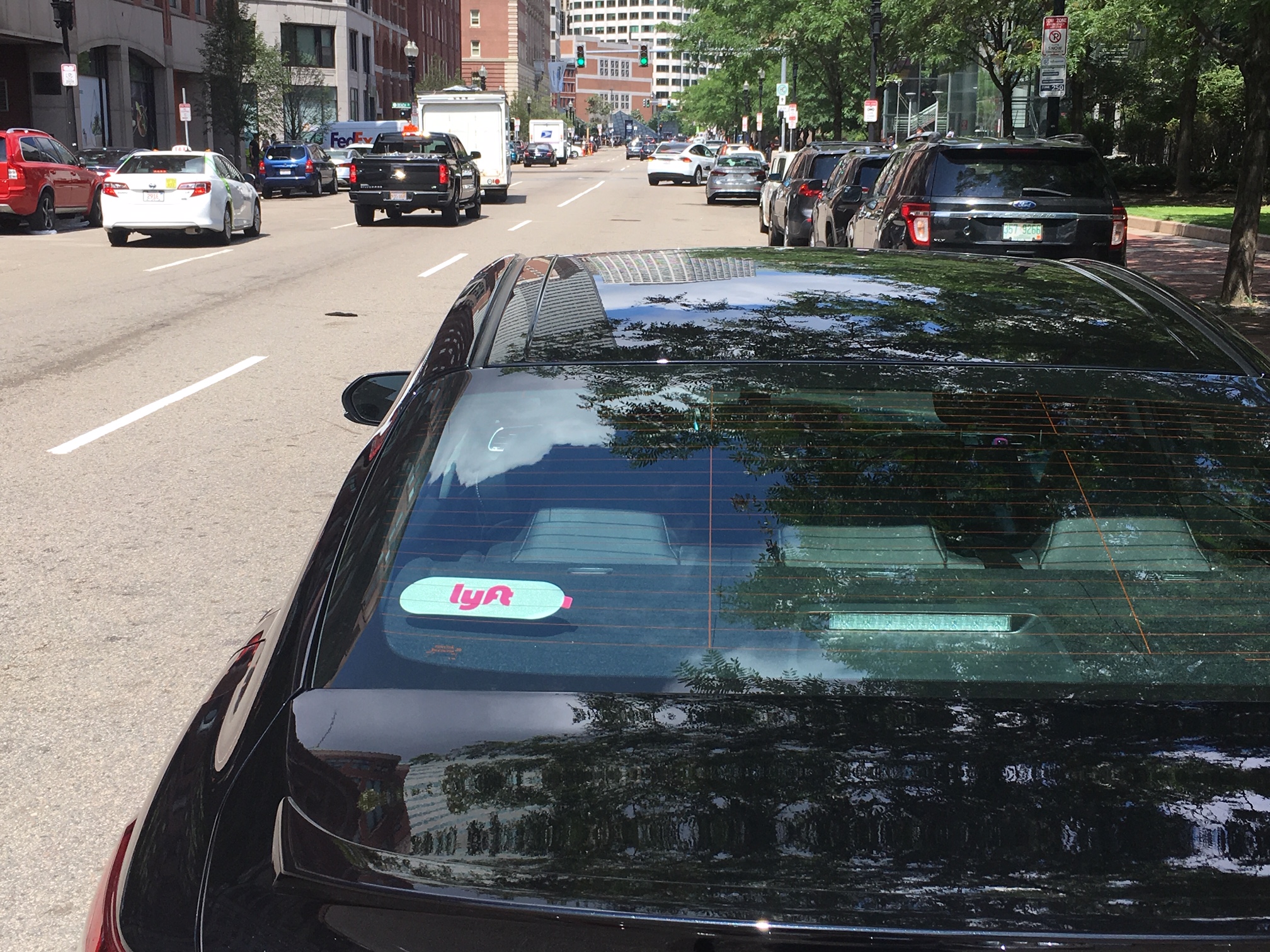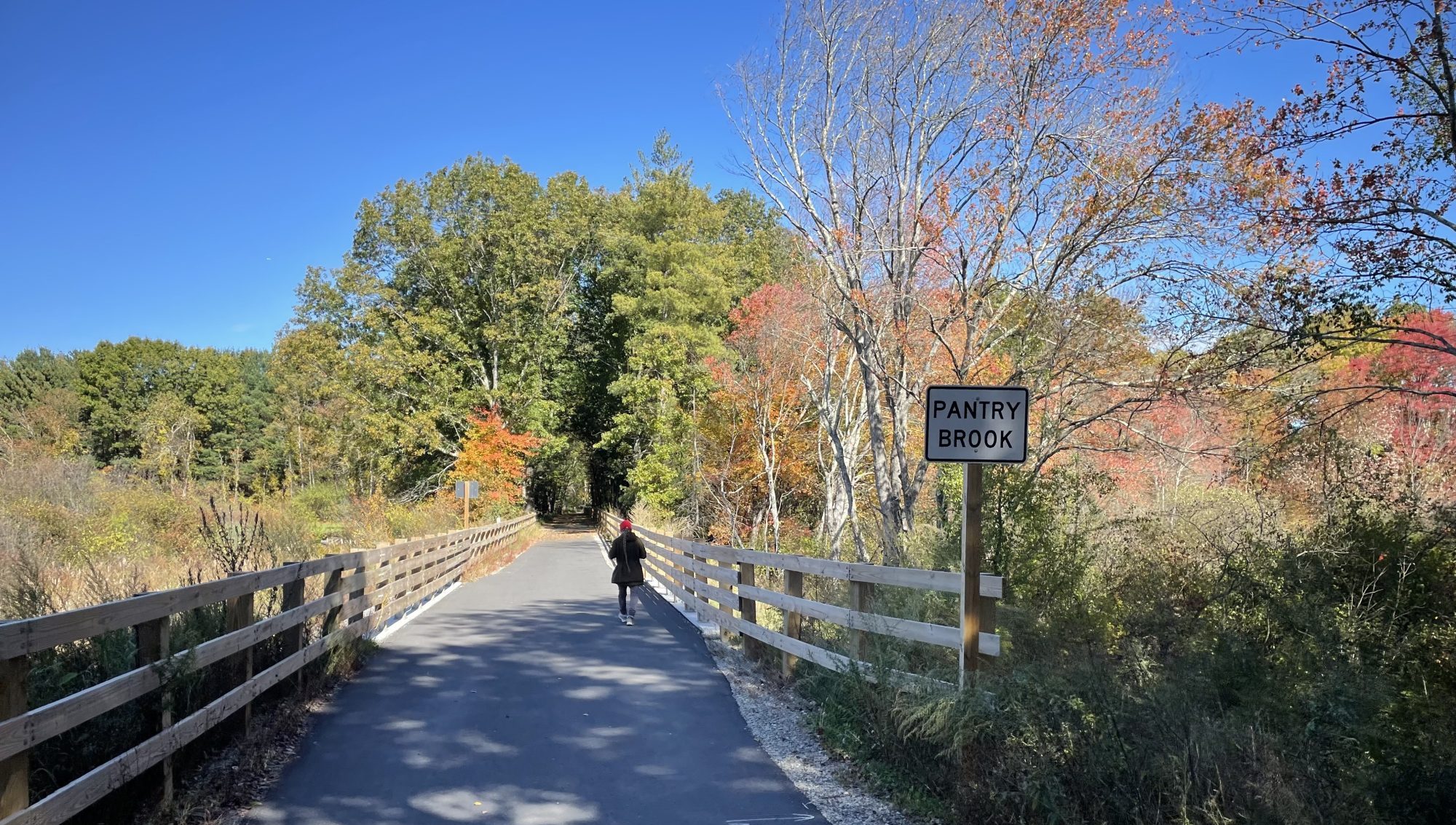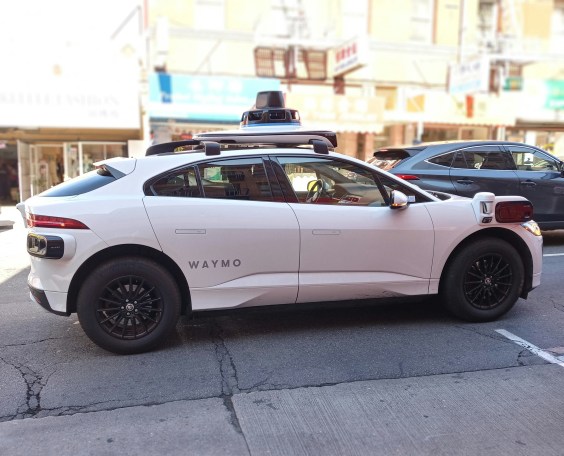Earnings reports and publicly-available trip data for Uber and Lyft suggest that the companies' drivers responded to the pandemic by trading passengers for parcels in 2020, which could be one reason why the app's users are finding it harder and more expensive to find a ride this summer.
According to the 2020 Rideshare Data Report compiled by the Massachusetts Department of Public Utilities, app-based ridesharing companies provided about 35 million trips in Massachusetts last year.
That's a 62 percent decline from 2019, when the companies sold 91.1 million rides.
That's in line with 2020's dip in transit ridership and road traffic in general. But this summer, riders who dust off the electronic cobwebs from their ridesharing apps have been finding longer waits and significantly higher prices for their rides.
"Both Uber and Lyft are facing driver shortages that have led to higher fares and longer wait times," says Alison Felix, a transportation planner at the Metropolitan Area Planning Council (MAPC). "It began during the pandemic: since drivers couldn’t rely on fares, many pivoted to delivery work with companies like Uber Eats, Grubhub, or Amazon... The shortage is more of a pivot, from passengers to grocery or package deliveries, and now that travel is picking up, passengers are returning at a faster pace than drivers."
A year-end financial report for Uber investors confirms this trend: for the last three months of 2020, Uber reported that gross revenue from passenger bookings was down by 50 percent compared to the same period of 2019 (from $13.5 billion to $6.8 billion), but revenues from deliveries had surged by 130 percent (from $4.4 billion to $10.0 billion).
What these trends mean for traffic, congestion, and air quality is uncertain: Massachusetts law requires these companies to provide basic reports for the origin, destination, and length of each passenger trip they provide, but delivery trips are largely unregulated, with no data reporting requirements.
Nevertheless, if drivers who are now making deliveries are getting paid a similar amount per mile as what they were paid to drive passengers, then Uber's financial statements would suggest that the company was generating nearly as much traffic in 2020 as it was in 2019, when Uber and Lyft drivers logged hundreds of millions of miles in the City of Boston alone.
Earlier this year, Felix co-authored an MAPC report on the regionwide impacts of increasing e-commerce delivery traffic, from suburban warehouses to downtown deliveries.
The report warns that the past year's significant increase in expedited or same-day deliveries – for things like take-out meals and fresh groceries – is likely to have an bigger impact on traffic, "since expedited deliveries are typically shipped in a single package, and are less likely to be consolidated with other packages for delivery efficiency."
In other words, while traditional U.S. Postal Service deliveries are like a transit service for packages, with fixed routes that can deliver hundreds of parcels in one vehicle, the trend towards short-term deliveries might require something more like an on-call hive of pizza delivery drivers, with pitiful wages and questionable driving records.
The pivot towards deliveries also hits Massachusetts taxpayers. The Commonwealth charges a 20-cent fee on each passenger trip that Uber and Lyft provide, in part to mitigate the services' traffic impacts (the Massachusetts House and Senate have each passed bills that would increase those fees, but so far, none of those proposals have passed in both chambers). But there's no fee on app-based delivery trips.
Half of the fees from Uber and Lyft passenger rides go to the municipalities where the trip originated, and the other half goes to the state. In recent years, those funds have financed dozens of sustainable transportation projects.
Boston, where most rides originate, collected $4.5 million in fees from Uber and Lyft in 2019. It will get only $1.6 million from those fees in 2020.






